
Choosing a varnish color - why dark isn't better!
What color varnish most appeals to you?
Not everybody has preferences when it comes to their bowed stringed instruments, from model to setup (strings, bridge height) to fittings, but most do have a preference when it comes to varnish color.
Varnish from Blonde to Brown - why is dark bad?
While we hear from many customers who prefer a darker varnish, we always urge them to consider lighter varnishes, whether that be golden, golden orange, or just a lighter reddish-brown. Why? Because our instruments - particularly the Intermediate and Professional lines (see our Intermediate Cellos or Professional Violins, for examples) - cost more in part because of the higher quality wood. More flaming on the maple, straighter and more narrow spruce on the top. Covering these beautiful woods with a dark varnish actually hides their quality, masks their beauty. Nearly all contemporary makers of high-end instruments will refuse to use a dark varnish on their commissioned instruments, as they want their craftsmanship to show through for all to enjoy.
But I still prefer 'dark wood'!
Remember that, with very few exceptions, there is no 'dark wood' - it's the finish/varnish that is put on it that gives it color. The woods used for violin family instruments are so light they are nearly white in color (look inside your instrument and you'll see how light the wood is!), so when you choose a color, it's the varnish, not the wood. If you still prefer 'dark wood' (dark varnish), we urge you to consider going lighter than you'd normally go, so we can share with you (and you share with your audience) the beauty of the instruments that our workshops work so carefully to create for musicians around the world, like you :)
Patina - how will your instrument's varnish change?
If you are fortunate enough to keep your violin, viola, or cello for several decades, you'll see how the varnish softens, changes color, adds character through the natural antiquing process. Varnish protects the wood, but its exposure to the elements brings out a new, richer beauty as time goes by. Your skin oils - even if you take great care of your instrument - will age some sections of varnish, removing some of the color, adding character and uniqueness to your instrument.
As always, feel free to reach out to us, ask us to do a side-by-side of several instruments, so you can select the one that tickles your fancy. It's all part of the process of choosing the perfect violin, viola, or cello!
November 9, 2021

Todd French, Founder/President




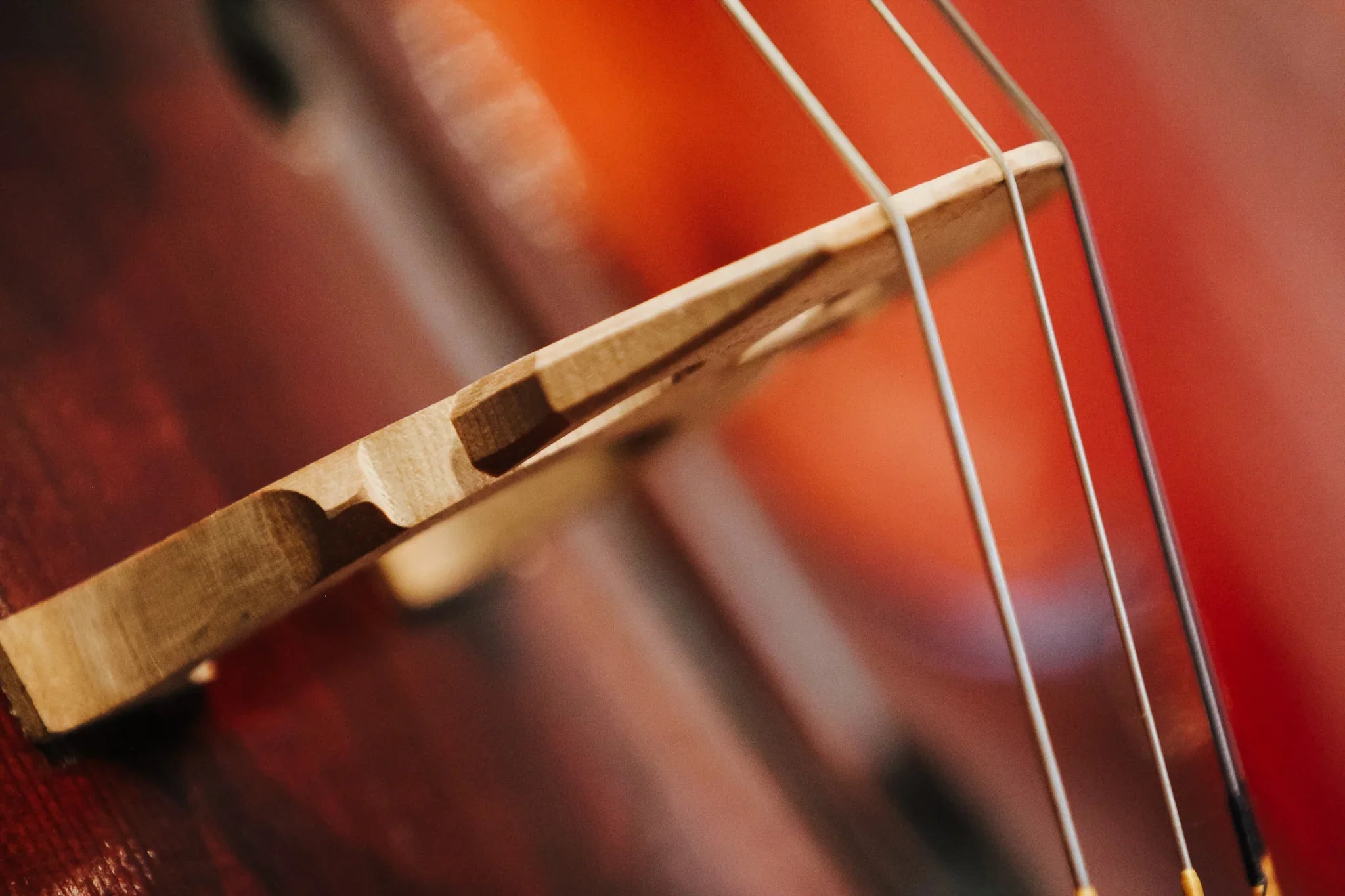
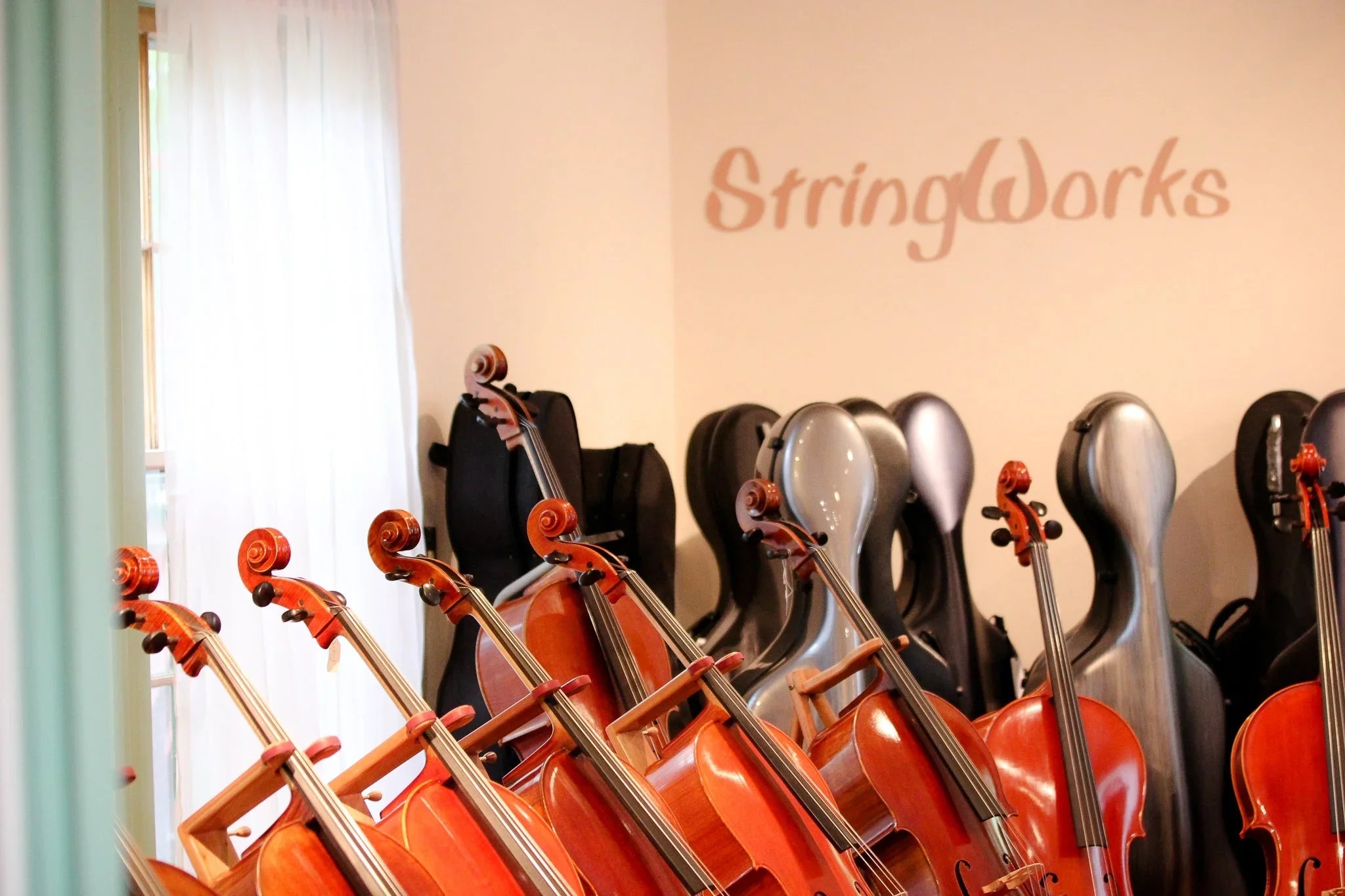



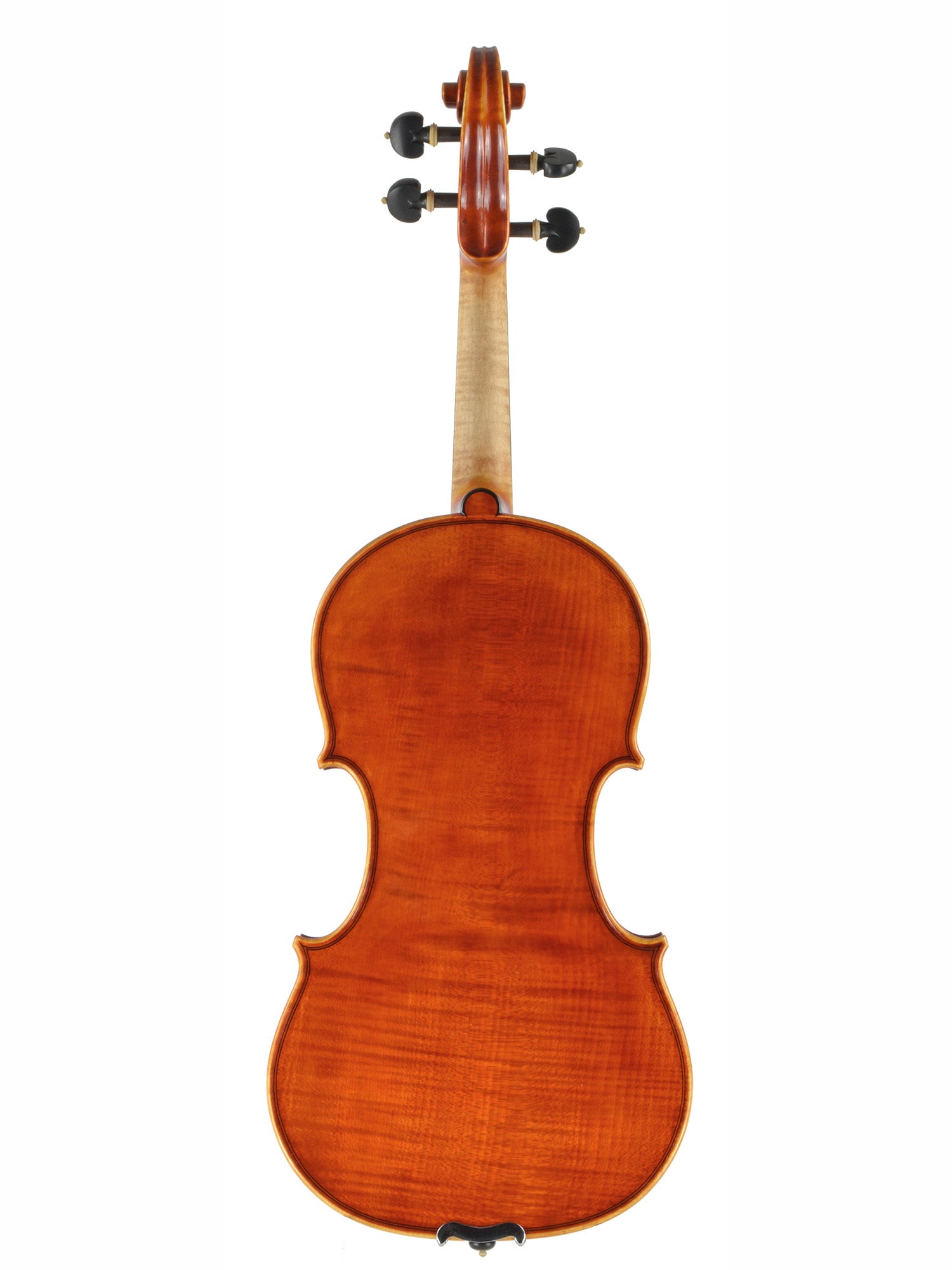


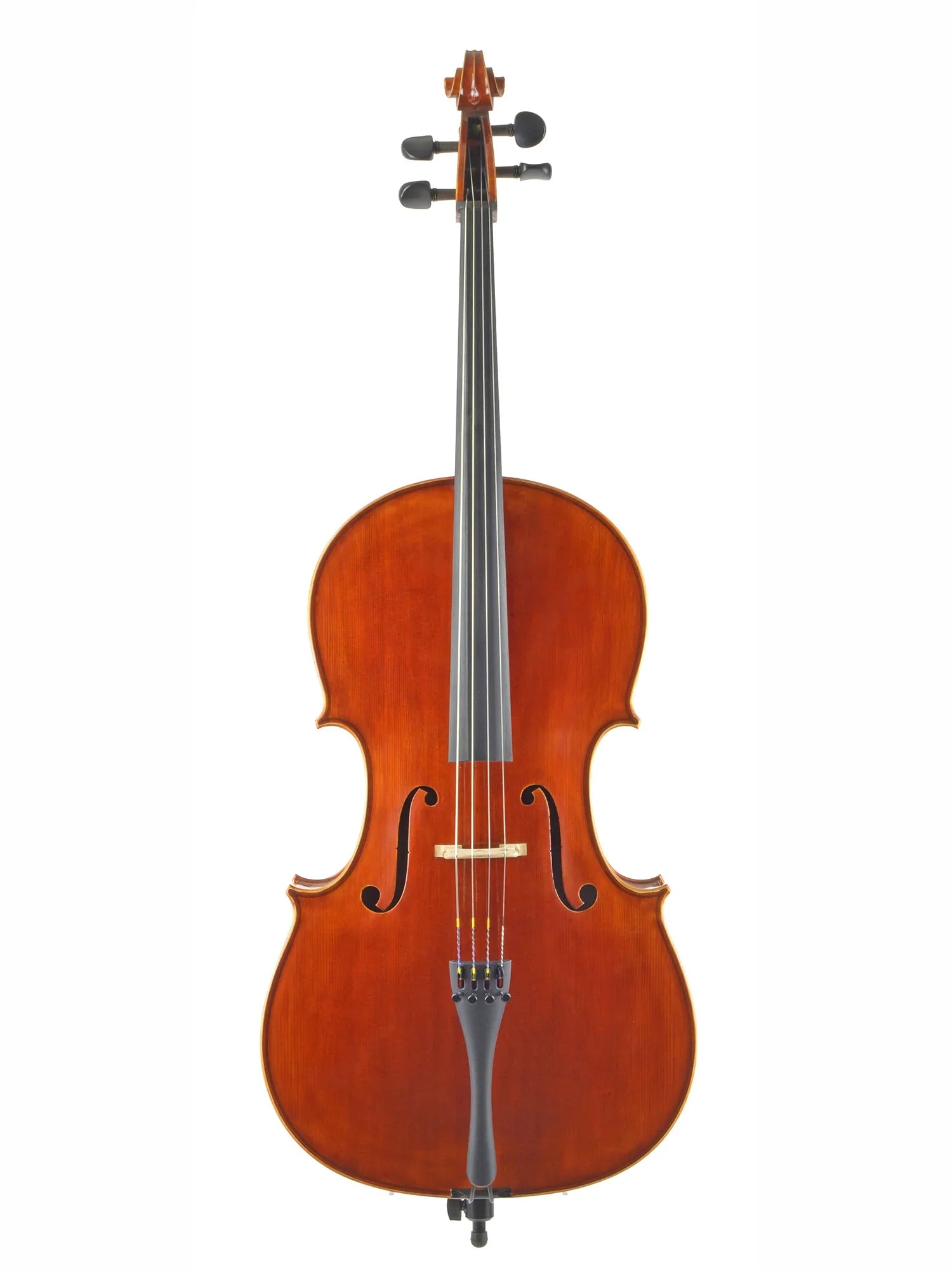
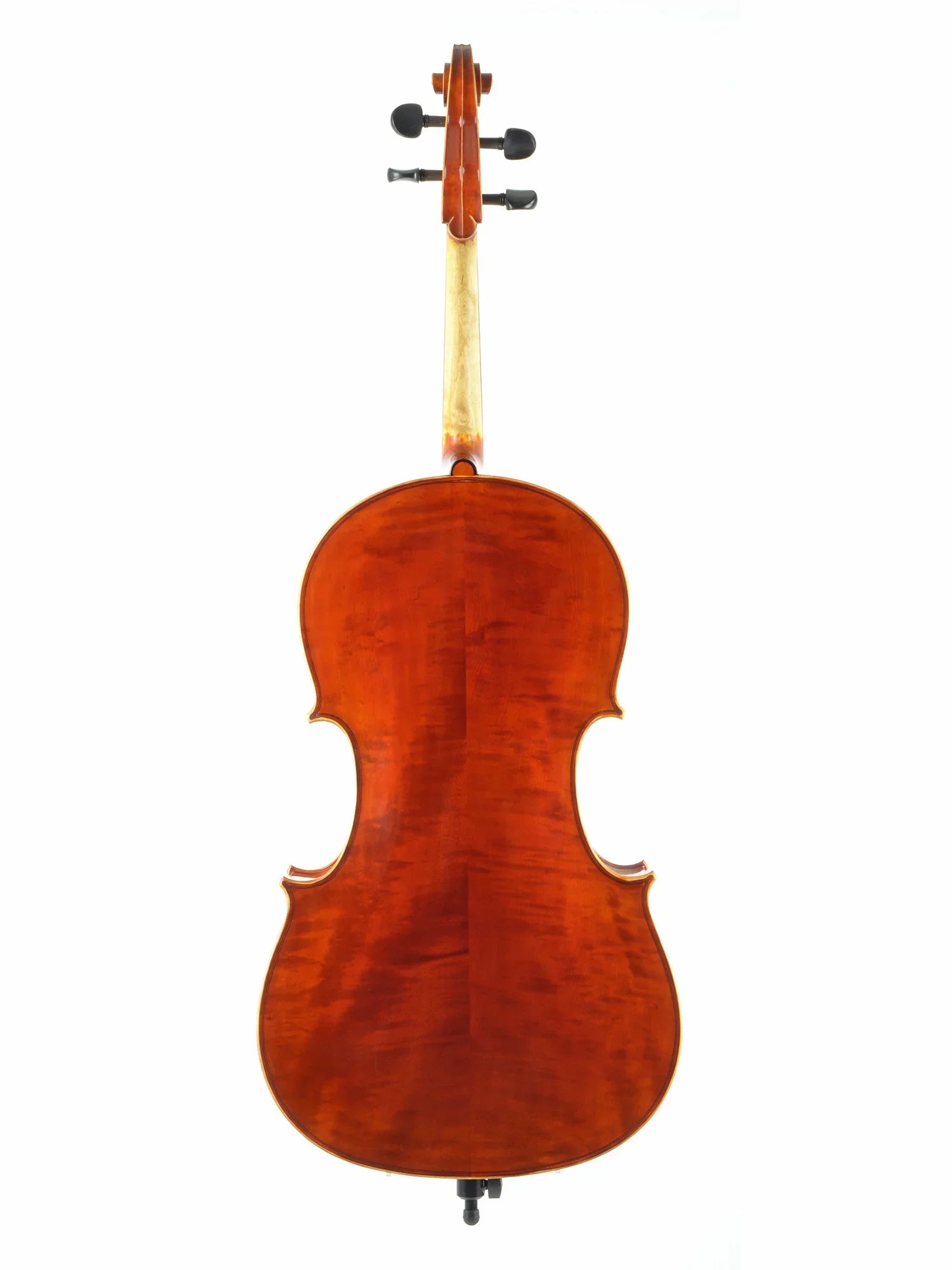
3 comments
Do you sell violin oil varnish, I’m looking for a light touch of red in brown. enough for about 4 or5 coats. Also a price. Thank You.
Timothy McKee
Dear Todd, I really enjoyed your article on varnish color. I read it twice. My Soloist 1 is quite sark brown, which I have loved for almost 20 years, and my Soloist III is what I believe you or Evan told me was called “Cremona Gold.” It actually is a light orange color. I have enjoyed both, but tend to prefer brown colored celli over blonde, orangish, or reddish varnishes, though I have owned all of those variations in many cellos I have owned since 1971.
I hope all of you at Stringworks are well and that business is thriving.
My family has all either passed away or moved from Chicago proper, abd I have not been bacj ti Illinois since 2016. But I love your store, and will drop in when my travels bring me back to the Midwest. I love Batavia and the Fox River Valley area.
I hope you enjoyed and will post my review I wrote earlier this evening.
Best regards to all,
Gary (Silber)
Jackson, Mississippi
Gary C. Silber
I would love a blonde or golden varnish that shows off the high quality wood of of the Kallo Bartok.
Bob Short
Leave a comment
This site is protected by hCaptcha and the hCaptcha Privacy Policy and Terms of Service apply.